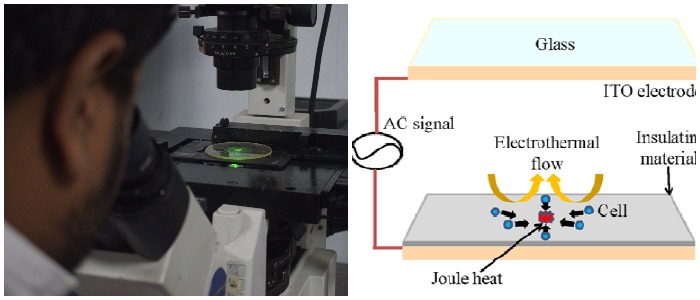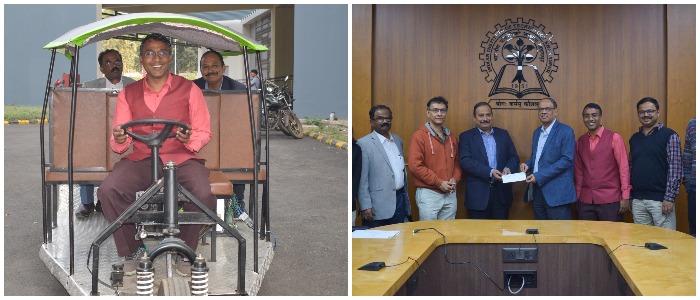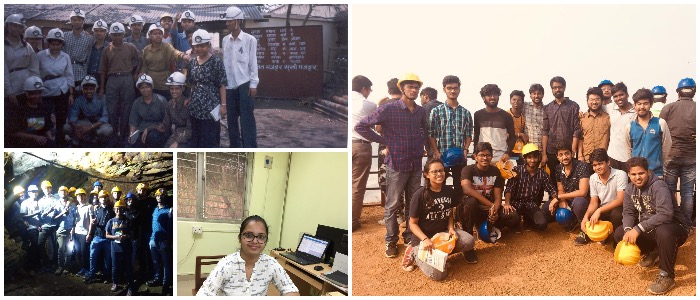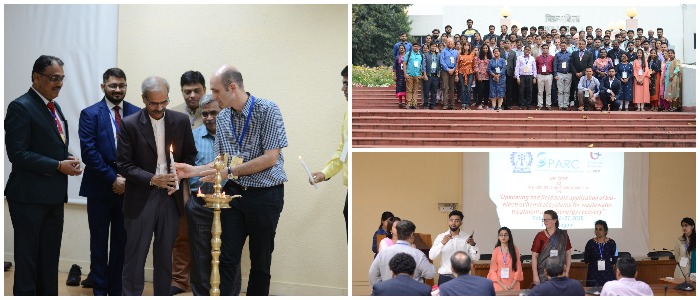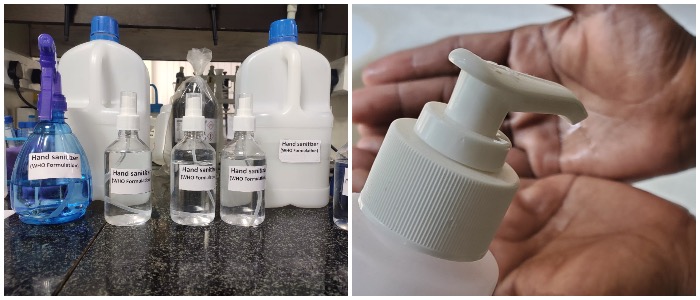
COVID Preventive Care @IITKgp
Stakeholders at IIT KGP promote hygiene and preventive care amidst COVID-19 scare Hindustan Times Outlook Times of India NDTV Zee News Economic Times Business Standard India Today Gadgets Now Yahoo News Business Insider Amar Ujala Republic TV A team of researchers from IIT…


